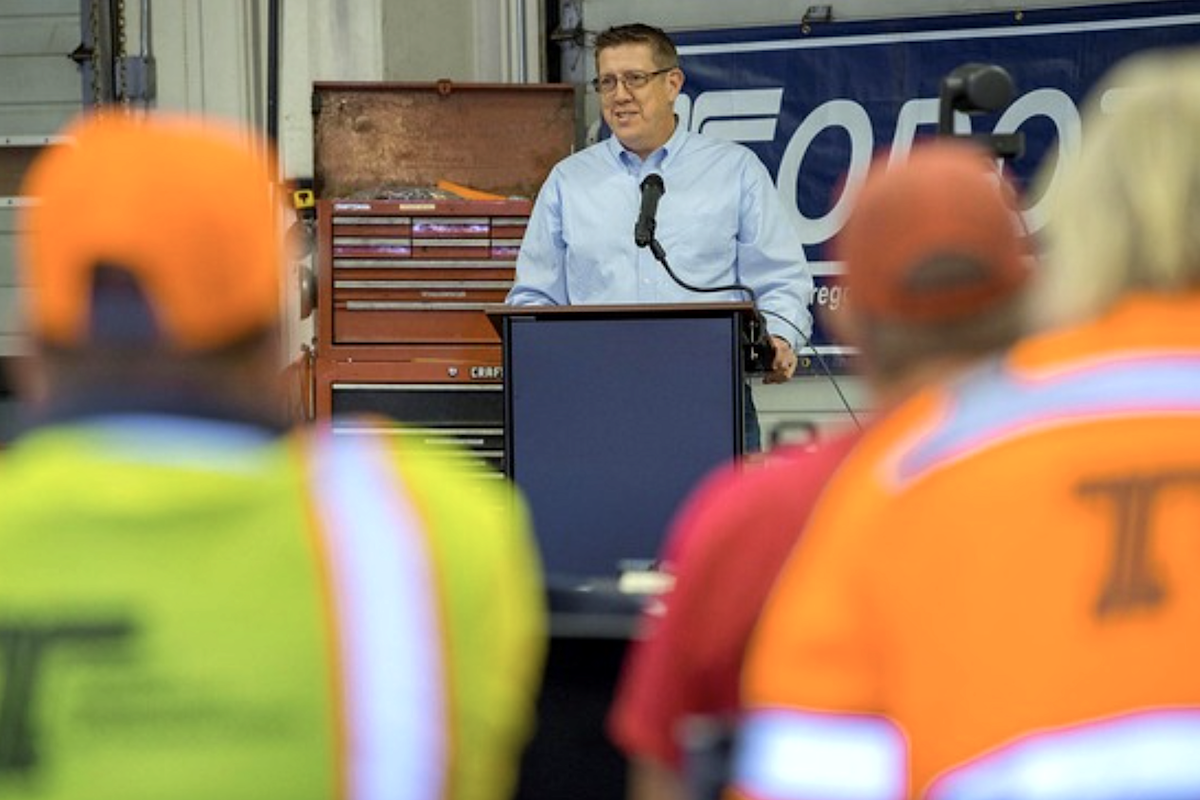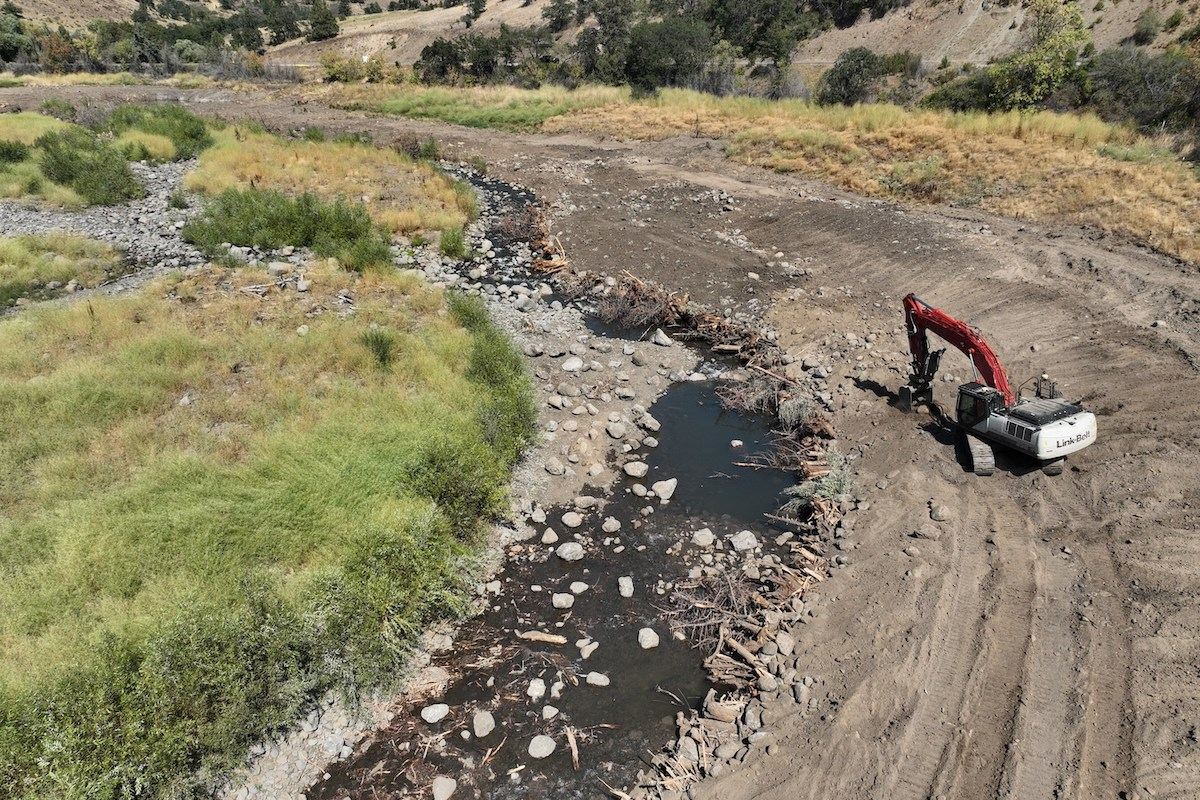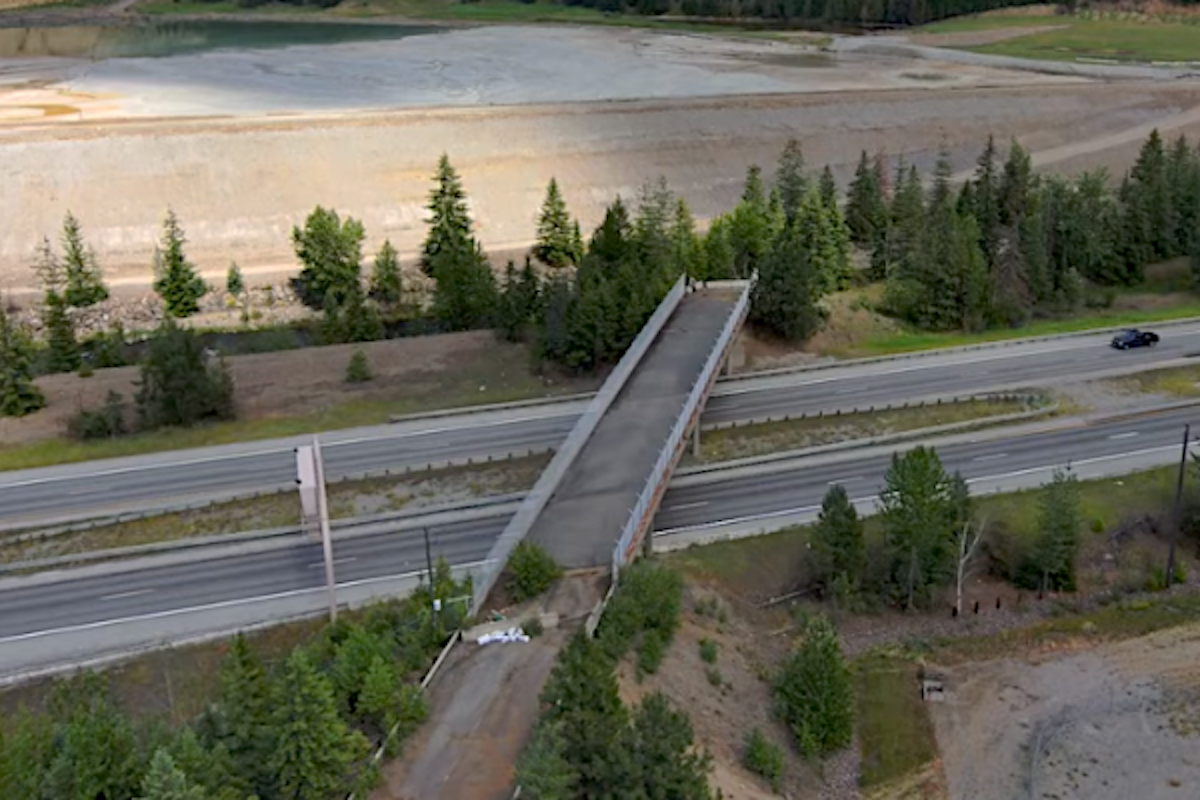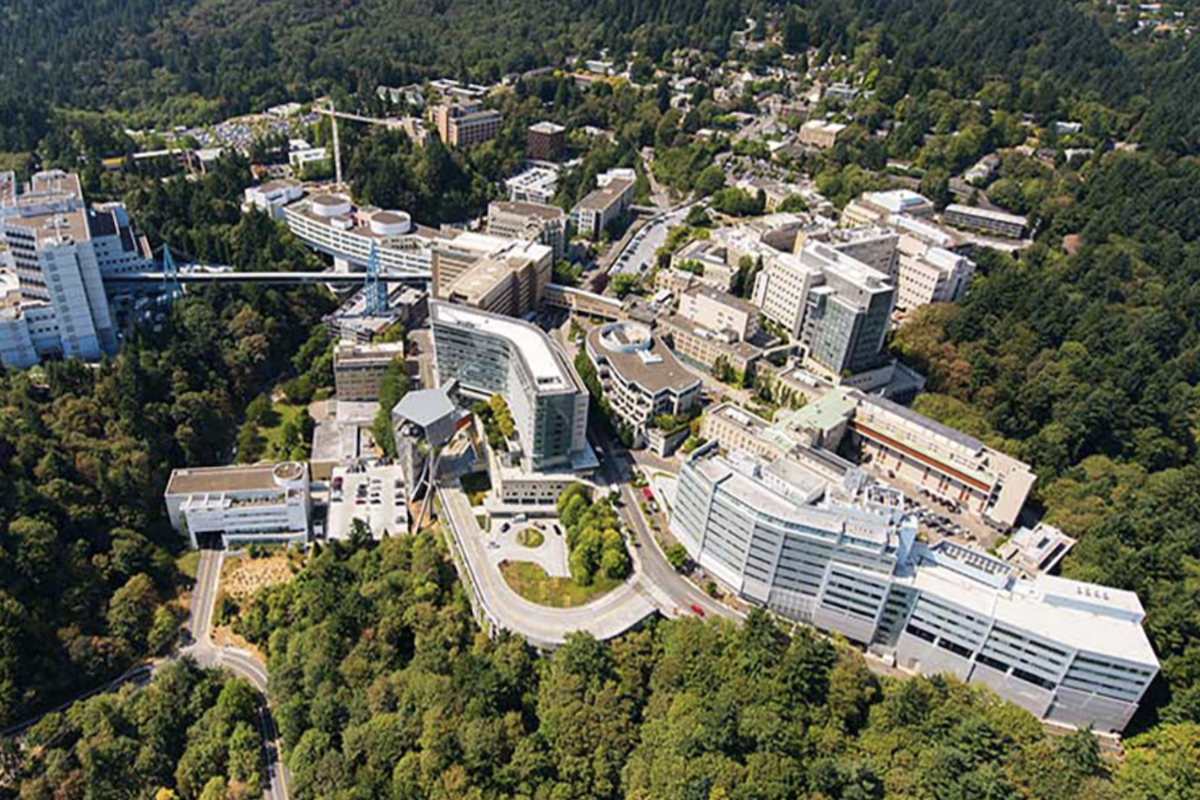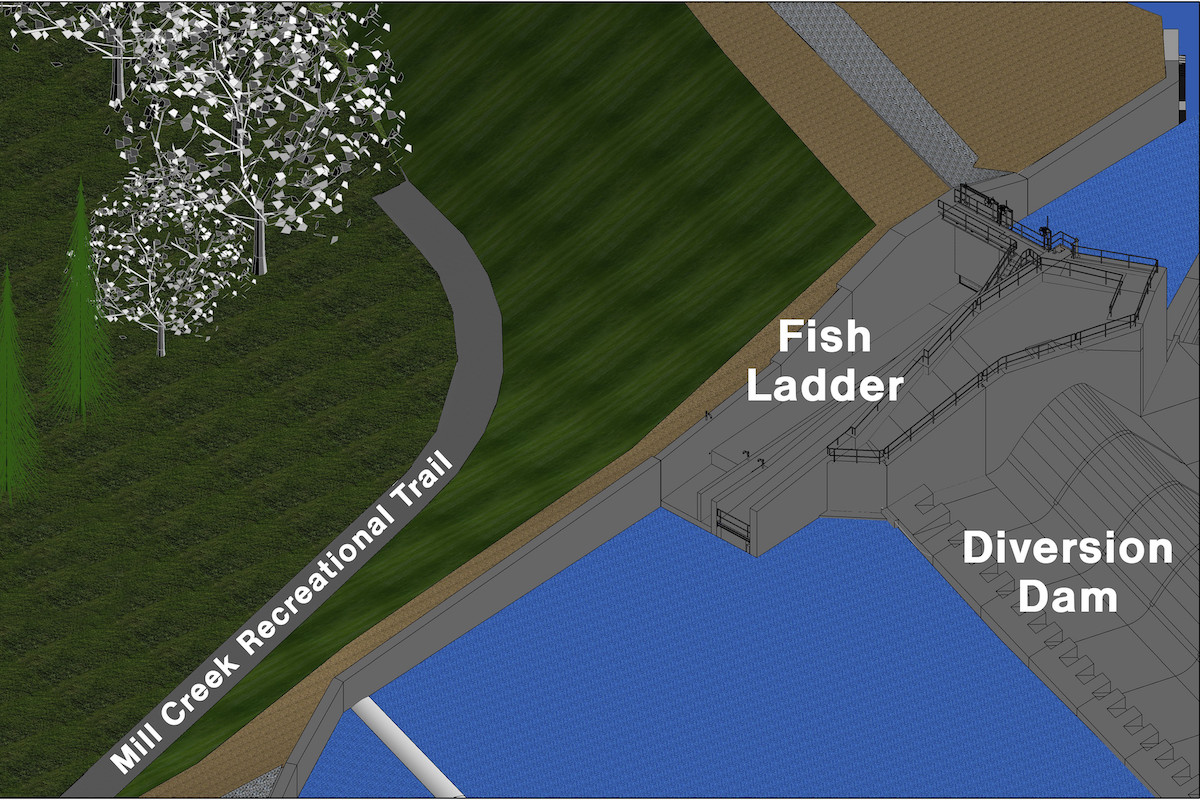“The project is undertaken as transformational to move the inter-city passenger rail station to Uptown Charlotte,” says Matthew Simmons, Deputy Director of the Rail Division at the North Carolina Department of Transportation (NCDOT). “The location will provide our passengers direct access to all of the opportunities of Uptown Charlotte, within walking distance.”
The new multimodal station, with service for the Charlotte Area Transit System (CATS) CityLYNX Gold Line streetcars and buses, is near the local football stadium and minor league baseball park. The existing station was built in the early 1960s in a then suburban location in the middle of the Norfolk Southern freight rail yard.
“It is inadequate for the passengers today, let alone the anticipated growth in the future we are planning for,” Simmons says.
The city and state started preparing for this station in the late 1990s. NCDOT began purchasing land for Gateway station in the 1990s, with money set aside by the state legislature. The department left acquiring the Greyhound bus station until last, with plans to incorporate inter-city bus traffic into the Gateway Station. Greyhound has temporarily moved to another portion of the Gateway Station site.

| Your local Gomaco dealer |
|---|
| American Construction Supply |
| Tri-State Truck & Equipment Inc |
In addition to the Amtrak inter-city passenger trains and CityLYNX Gold Line Streetcar, CATS has proposed a 29-mile LYNX Silver Line light rail project, which will connect the station with Charlotte-Douglas International Airport to the west and the suburb of Matthews to the east.
“The partnership between the state and the city has been great,” says Brian Nadolny, Project Manager for the City of Charlotte.
City, state, and federal dollars are supporting the $86 million construction budget of the first phase of the station. The City of Charlotte received a $30 million federal Transportation Investment Generating Economic Recovery (TIGER) grant in 2015 from the U.S. Department of Transportation and the Federal Railway Administration, which got the project off the ground.
“The TIGER grant allowed us to get started and develop the multimodal station,” Nadolny says. “It’s a complicated project but exciting.”
The project’s first phase is one of 1,700 receiving funding from the NCDOT’s State Transportation Improvement Program, a 10-year, multibillion initiative.

| Your local Metso Minerals Industries Inc dealer |
|---|
| PacWest Machinery |
| Westate Machinery Co |
The Gateway Station is part of the city’s 2030 Transit Corridor System Plan and an important component of Charlotte’s Gateway District, an Uptown destination and employment hub, being developed by Charlotte Gateway Partners in partnership with the city.
“This becomes an anchor for future growth of train service in North Carolina,” Simmons says.
“This will be the third high-level platform in the Southeast,” Simmons says. “That provides easy ADA (Americans with Disabilities Act) accessibility onto the train.”
Raleigh, North Carolina, and Roanoke, Virginia, also have high-level platforms.
NCDOT managed the design and construction of phase one. It worked with HNTB of Raleigh on design. Once complete, this phase will separate passenger and freight operations, improve the flow of freight traffic and connect to the department’s train maintenance facility.

| Your local Trimble Construction Division dealer |
|---|
| SITECH Northwest |
Construction of the station building will occur in phase two, which is currently in development. The City of Charlotte will oversee building the station, which will have at least a 20,000-square-foot waiting room. The station also will include retail, lodging, and residential development.
Once passenger rail service is moved to the new station during phase two, a contractor will demolish the existing station platform in the Norfolk Southern freight yard.
“The station is a win-win-win for everybody,” says Simmons. “We are connecting all modes of transportation in one spot.”
The station platforms are three bridges in one, with the three superstructures sharing a common substructure. The superstructures were designed extra stiff to make sure the variation between two bridges was less than a small fraction of an inch, even under loading from trains on the track bridges.
One of the bridges is supported by micro piles, drilled shafts, and drive H-piles. The micro piles were selected for the north abutment to avoid proximity to electric transmission lines. The drilled shafts and driven H-piles were put in for the central piers and south abutment, respectively.

| Your local Bobcat dealer |
|---|
| Pape Material Handling |
“Everything you could possibly have is there,” Simmons says.
Due to concerns about potential existing groundwater contamination, crews captured and stored all materials brought up while drilling for the deep foundations through a slurry system. Large tanks of these materials were then hauled offsite to be tested and treated prior to disposal.
Crews worked immediately adjacent to railroad bridges spanning over local streets. Those tracks had to remain active at all times for freight traffic. Excavations took place next to the rail bridges.
The new bridges have steel girders and will offer greater vertical and horizontal clearance over the city streets. If in the future the Norfolk Southern mainline bridges are replaced, the platform bridges will already be at a higher height and wide enough for expansion of the road or larger sidewalks. One of the new bridge structures goes over the existing pedestrian tunnel adjacent to the football stadium.
Phase one remains on schedule and within budget. Simmons credits that to the project’s partners, Rail Division construction management, the contractor, and ongoing coordination and collaboration with Norfolk Southern.

| Your local Somero dealer |
|---|
| American Construction Supply |
“This project has gone smoothly because of the great relationships we have,” Nadolny adds.
“We are excited about the outcome and seeing it as the whole and the possibilities for the future,” Simmons concludes. “We are excited about partnerships with the City of Charlotte, Mecklenburg County, and Norfolk Southern to deliver the project efficiently.”
Photos courtesy of the North Carolina Department of Transportation


















